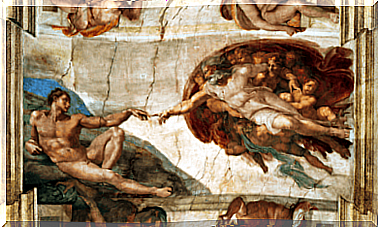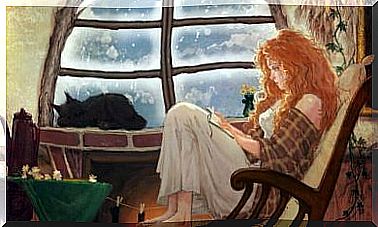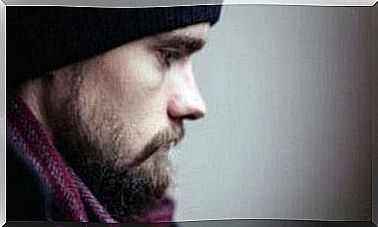Braveheart, An Ode To Freedom
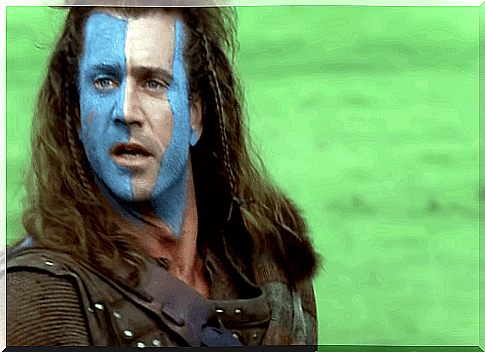
In 1995, Mel Gibson achieved cinematic glory by winning five figurines on the night of the Oscars, including Best Picture and Best Director. Braveheart -Cuore Impavido- is one of the most beautiful films of the 90s, even if it has no validity from a historical point of view.
It is very loosely inspired by the story of Sir William Wallace, the Scottish national hero who was not actually the real “Fearless Heart”. Many of Gibson’s artistic licenses, however, served to build a much more emotional story.
The mentality of the characters and their motivations can be traced back more to the 18th or 19th century. If we remove the historical references, it could be the story of the American Revolution or the Italian War of Independence.
The leitmotif accompanying Braveheart’s narrative is that of freedom, Gibson clearly winks at revolutionary values. The characters never fight a feudal war, theirs is a national cause.
The power of the film as a myth is undeniable, just think that after its release the Scottish National Party doubled the number of its parliamentarians.
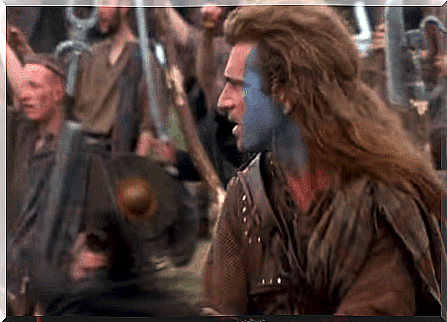
Sir Wallace and Braveheart
Gibson’s greatest freedoms concern the characters. William Wallace falls within the canons of the classic hero typical of the American director, comparable to Christ in The Passion of the Christ.
In fact, it is unlikely that Sir Wallace had such humble origins, indeed it is thought that he was a noble in all respects. His marriage to Murron was not the cause of the conflict either. The ius primae noctis described in the film is a dramatization, there are no writings that prove its historical veracity.
The truth is that the revolt is plausibly linked to the abuses and mismanagement of the British administration. The main promoter was Robert Bruce, who earned the title of “Braveheart”.
In the film he is described as a pusillanimous, but in reality he was the architect of the main Scottish victories, as well as legitimate heir to the throne of Scotland. Wallace was recognized as a Guardian of Scotland, like Bruce. Both are considered Scottish national heroes.
The Battle of Stirling Bridge
One of the historical moments addressed in the film is the Stirling Clash. Gibson seeks a spectacularization not typical of the original battle, which is why he eliminated the main protagonist, the bridge.
In reality, the bridge balanced the two forces by forcing the invaders to fight in small groups to cross it, falling on several occasions. If it had been an open battle, Scottish defeat would have been inevitable.
Medieval Scots in Braveheart
The greatest historical value of the film Braveheart is the reconstruction of medieval Scottish life. Although it lacks a certain romanticism, all its scenarios evoke the highlands .
On the other hand, the motivations for fighting Scottish peasants in Braveheart are anachronistic. There is no doubt that the adoption of feudalism throughout Europe gave rise to outbreaks of rebels.
However, the peasants’ desire for freedom that we find in the film is due to a severe change in their material or religious situation; neither case really dates back to the historical period described in the film.
The conflict was noble; the difference between being ruled by a Scottish or English king, both Christians and tyrants alike, was irrelevant to a people without any national conscience.
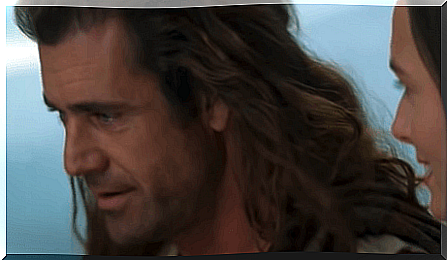
A universal message
Leaving aside the nationalist component, we find in the film an easily understandable desire for freedom. This is the great virtue of Braveheart , namely the ability to describe it in completely contemporary terms.
If the Wallace portrayed in the film differs from the original, it still reflects the archetype of a man ready to act in the face of injustice and defend his ideals to the last. In his own way, Gibson transforms a Scottish hero into a universal hero.
The sources that tell us about the real Wallace are actually few; chief among these is the poem written by Blind Harry two hundred years later. The tortures to which he was subjected by Edward I after his capture were more or less cruel as those described in the film.
Gibson did not write a historical script nor faithfully capture the legend, yet he managed to successfully convey his message to us. It is up to the viewer to decide whether to repeat his fighting cry: Freedom!

